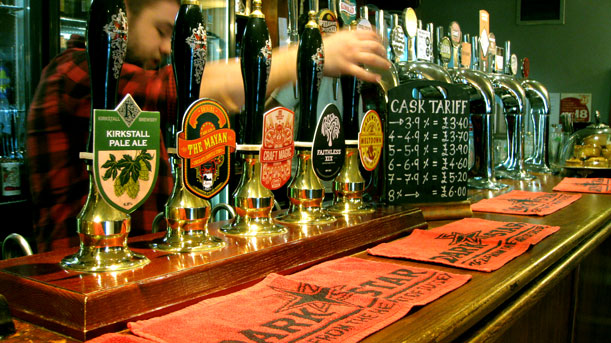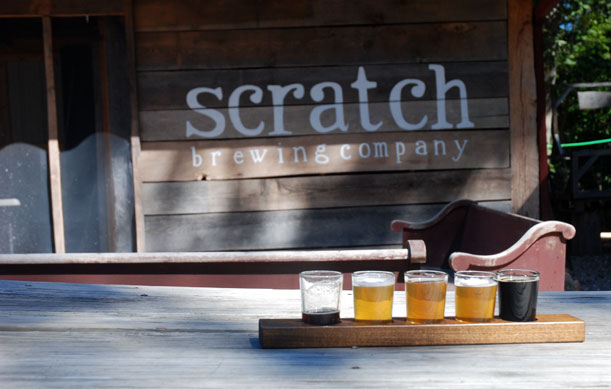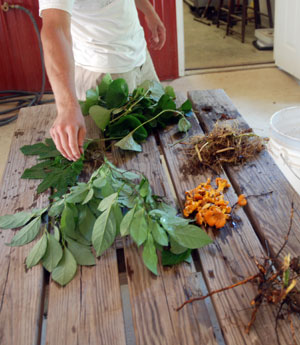
MONDAY BEER LINKS, MUSING 10.13.14
Crowd Control: A History of Bar Etiquette Because, can you resist a story with a quote this honest? “The purpose of drinking is to get as drunk as you can without ruining it for other people.”
[Via Punch]
How your local IPA is quietly becoming a leading economic driver in Oregon. A closer look at how the Oregon brewing industry produces $2.83 billion in total economic impact. I like this bit about Block 15 in Corvallis: “Tart cherries come from The Cherry Country near Salem, raspberries from Denison Farms in Corvallis, peaches from Olson Family Farms in Salem, strawberries from Stahlbush Island Farms in Covallis and grapes from Left Coast Cellars in Rickreall.” Ingredients from places familiar to people who live and drink in Corvallis.
[Via 1859]
Beer judging considered harmful. SPOILER ALERT. “So the lesson is: just because you can recognize the chemical and know that it’s sometimes a problem, don’t automatically assume something must be wrong with the beer. Something may be wrong. Or the butterscotch flavour from the diacetyl might actually make it better.”
Via Larsblog
Beer, beer, everywhere … Stop me if you’ve heard this one: “An American walks into a British pub and …”
[Via Boak & Bailey’s Beer Blog
The 40pc leap in capacity at the Doom Bar brewery and the 2014/5 Cask Report. Up front there is the fact that Doom Bar had become a brand one tenth the size of Carling lager. and Martyn Cornell writes: “That might not sound much, but blimey, there’s not been a cask ale brand with that kind of clout in the market for decades.” Beyond that, a summary of the latest Cask Report (kind of a state of the union for real ale in England).
[Via Zythophile]
Concrete Beach Brewery Will Teach You To Love Craft Beer. This is a story about Concrete Beach Brewing in Miami, funded by Alchemy & Science, the collaboration between Alan Newman (ex-Magic Hat) and Jim Koch of Boston Beer Company. You’ll likely take away something different from this article than I did. When I got to the part where the manager of the “Social Hall” said “My first beer ever was a Michelob Ultra” my mind shut down. Wasn’t Michelob Ultra invented like three years ago? (Correct answer is 2002.)
[Via Miami Eater]
John Hickenlooper, Party of One. I’m not sure who you think the best known person brewer-type in American beer is, but Hickenlooper’s place in the post-MaytageMcAuliffe American brewing world is pretty well established and as governor of Colorado he might be a recognizable at Jim Koch. This profile of a guy who keeps his promises points out, “He even fits the zeitgeist—the microbrewery owner who throws an annual tech and business summit to foster Colorado’s start-up scene, the fellow you might have seen strumming a banjo on stage with Old Crow Medicine Show.”
[Via The Atlantic]

 Last year at the Great American Beer Festival founder/brewers Marika Josephson, Aaron Kleidon and Ryan Tockstein decided if they were going to return this year they would do it the “Scratch way.” They are and they are. Scratch will be pouring five beers made with foraged ingredients and without hops. They call these gruits, which could lead to a
Last year at the Great American Beer Festival founder/brewers Marika Josephson, Aaron Kleidon and Ryan Tockstein decided if they were going to return this year they would do it the “Scratch way.” They are and they are. Scratch will be pouring five beers made with foraged ingredients and without hops. They call these gruits, which could lead to a